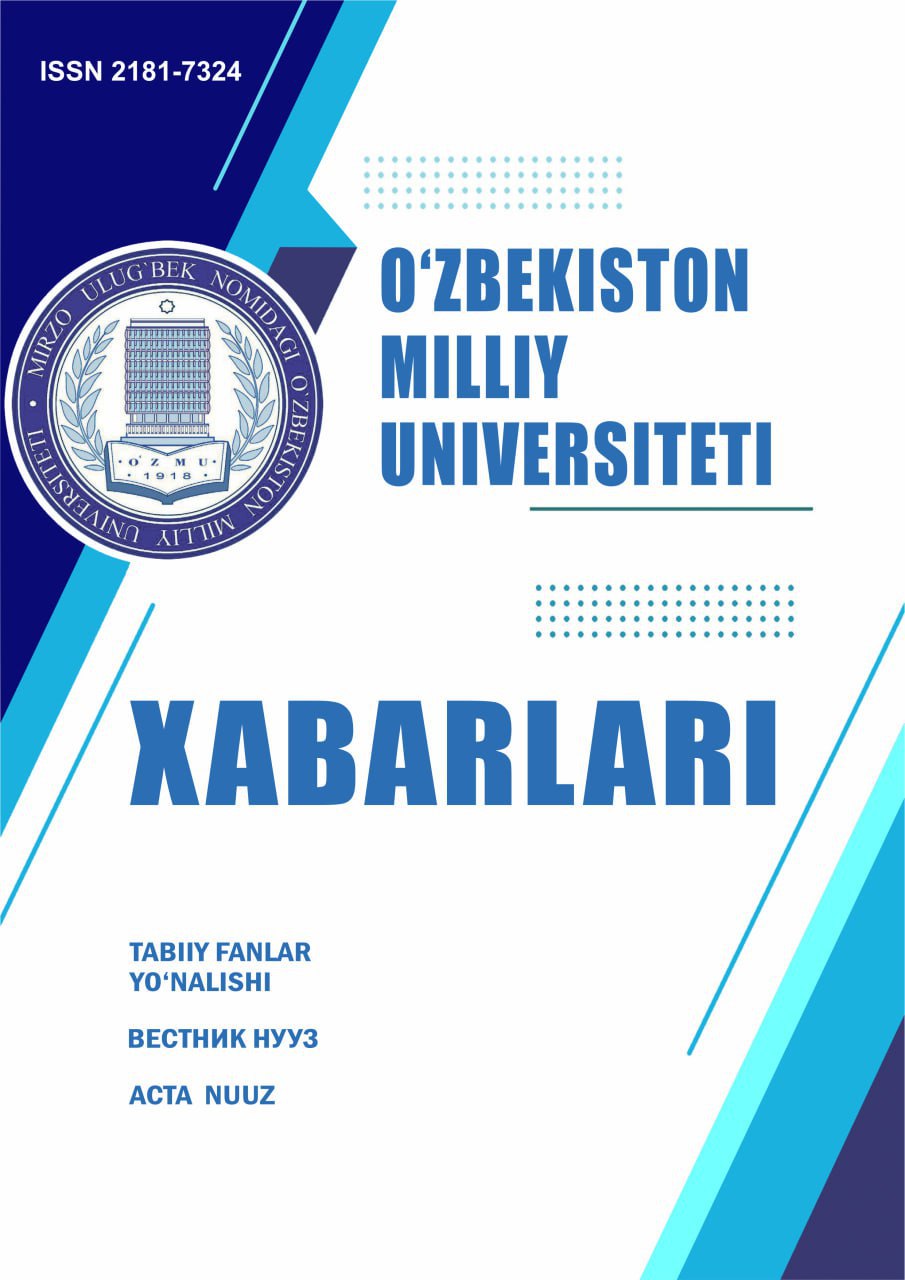ВОЗМОЖНОСТИ ИЗГОТОВЛЕНИЯ ТЕНЗОДАТЧИКА ИЗ СИЛИКАТНОГО СТЕКЛА, ЛЕГИРОВАННОГО ДИОКСИДОМ РУТЕНИЯ
Аннотация
В этой статье было систематически исследовано влияние компонентов резисторной пасты и температуры обжига на температурный коэффициент сопротивления (TCR) толстопленочного резистора. Исследованы толстопленочные резисторы, изготовленные из концентраций RuO2 (от 10% до 30% по массе), прокаленных при различных температурах на подложке из Al2O3. Исследована взаимосвязь между сопротивлением резистора, TCR и масштабным коэффициентом (GF). Результаты показывают, что TCR также увеличивается с увеличением концентрации RuO2 и температуры обжига. Вблизи минимума (Tmin) кривой сопротивление-температура температура оказывает наименьшее влияние на значение сопротивления, и толстопленочный резистор можно считать нечувствительным к температуре в определенном диапазоне. Отношение TCR к GF и Tmin зависит от сопротивления слоя толстопленочных резисторов. Изменяя концентрацию проводящей фазы и температуру обжига, можно контролировать пленочное сопротивление толстопленочных резисторов и получать низкотемпературные тензорезисторы для различных температур окружающей среды.
Литература
S.A.A. Jabir, N.K. Gupta, Condition monitoring of the strength and stability of civil structures using thick film ceramic sensors, Measurement.46 (7) (2013) 2223-2231.
X. Guan, M. Wen, H. Li, J. Ou, Strain sensor made by thick-film resistors on substrates of glass ceramic, in: 11th IWSHM2017: RealTime Material State Awareness and Data-Driven Safety Assurance, Vol. 2, DEStech Publications, Stanford, CA, United states, 2017, pp. 1961-1968.
Z. Zhou, J. Ou, Techniques of temperature compensation for FBG strain sensors used in long-term structural monitoring, in: Fundamental Problems of Optoelectronics and Microelectronics II, Vol. 5851, SPIE, 2005, pp.
V. Sundararaman, V.T. Rathod, D.R. Mahapatra, Temperature compensation in CNT-composite distributed strain sensors, in: SPIE Smart Structures and Materials Nondestructive Evaluation and Health Monitoring, Vol. 9436, SPIE, 2015, pp. 7.
X. Dong, X. Yang, C.-L. Zhao, L. Ding, P. Shum, N.Q. Ngo, A novel temperature-insensitive fiber Bragg grating sensor for displacement measurement, Smart Materials and Structures.14 (2) (2005) N7-N10.
M. Song, B. Lee, S.B. Lee, S.S. Choi, Interferometric temperature-insensitive strain measurement with different-diameter fiber Bragg gratings, Opt. Lett.22 (11) (1997) 790-792.
V. Bhatia, D.K. Campbell, D. Sherr, T. D'Alberto, N. Zabaronick, G.A.T. Eyck, K.A. Murphy, R.O. Claus, Temperature-insensitive and strain-insensitive long-period grating sensors for smart structures, Optical Engineering.36 (7) (1997) 1872-1876, 1875
Y.L. Zheng, J. Atkinson, R. Sion, Z.G. Zhang, A study of some production parameter effects on the resistancetemperature characteristics of thick film strain gauges, J Phys D Appl Phys.35 (11) (2002) 1282-1289. 9. M. Hrovat, A. Bencan, D. Belavic, J. Holc, G. Drazic, The influence of firing temperature on the electrical and microstructural characteristics of thick-film resistors for strain gauge applications, Sensor Actuat a-Phys.103
K. Adachi, H. Kuno, Effect of glass composition on the electrical properties of thick-film resistors, Journal of the American Ceramic Society.83 (10) (2000) 2441-2448.
L. Joon, R. Vest, Firing Studies With a Model Thick Film Resistor System, IEEE Transactions on Components, Hybrids, and Manufacturing Technology.6 (4) (1983) 430-435.
H. Tian, H.-t. Liu, H.-f. Cheng, Microstructural and electrical properties of thick film resistors on oxide/oxide ceramic–matrix composites, Ceramics International.41 (2) (2015) 3214-3219.
G.E. Pike, C.H. Seager, Electrical properties and conduction mechanisms of Ru‐based thick‐film (cermet) resistors, Journal of Applied Physics.48 (12) (1977) 5152-5169.
N.F. Mott, Conduction in glasses containing transition metal ions, Journal of Non-Crystalline Solids.1 (1) (1968) 1-17.
R.M. Scarisbrick, Electrically conducting mixtures, Journal of Physics D: Applied Physics.6 (17) (1973) 2098. 16. A. Cattaneo, M. Cocito, F. Forlani, M. Prudenziati, Influence of the Metal Migration From Screen-and-Fired Terminations on the Electrical Characteristics of Thick-Film Resistors, ElectroComponent Science and Technology.4 (3-4) (1977) 205-211.
J. Shah, Strain Sensivity of Thick-Film Resistors, IEEE Transactions on Components, Hybrids, and Manufacturing Technology.3 (4)
Copyright (c) 2025 Вестник УзМУ

Это произведение доступно по лицензии Creative Commons «Attribution-NonCommercial-ShareAlike» («Атрибуция — Некоммерческое использование — На тех же условиях») 4.0 Всемирная.


.jpg)

2.png)







